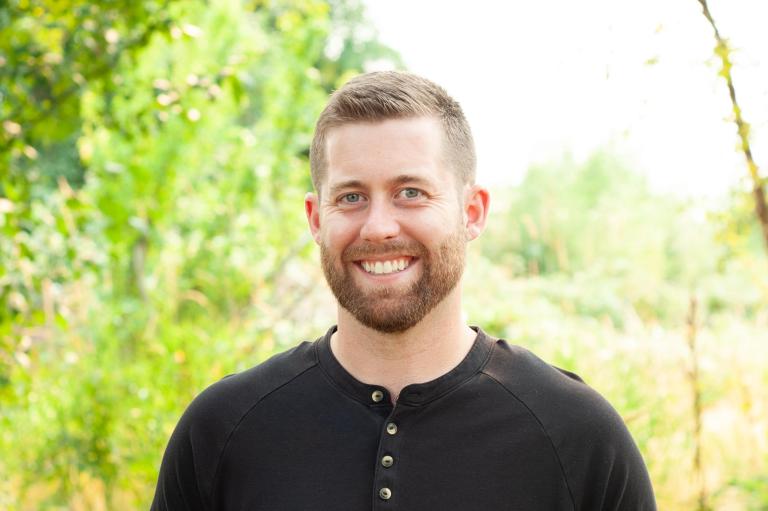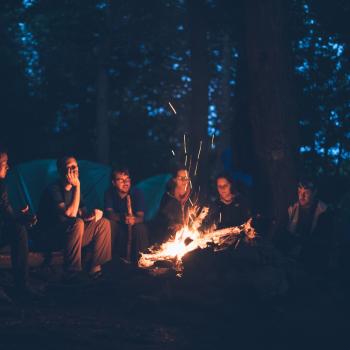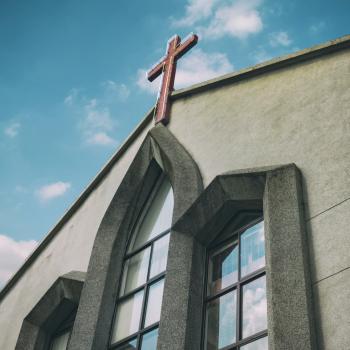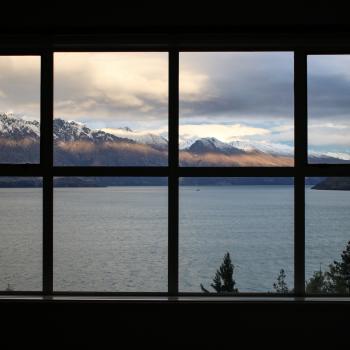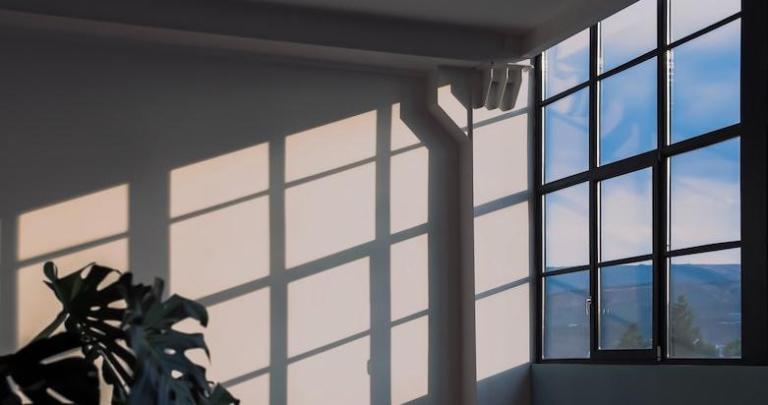
My brother and I stared through the front window of our house as we contemplated what we had just sat through. There was a silence between us, one that was infiltrated only by the sounds of our breathing and the occasional deep sigh.
He broke the silence first: “What the hell was that?”
It was a typical Sunday morning and we had just returned from a church service. There was nothing particularly unique about this experience: there had been singing, praying, a sermon, some organ music. There had probably been one or two people asking us “How you doing?” as they passed us without slowing down.
I think what became apparent to both of us that morning was that our experience had been mediocre. And not just that morning – going to church had consistently felt this way for some time: as if it were a ritual done out of comfort and tradition rather than true desire.
Equipped with my theological questions and doubts, I longed for an experience of communal spirituality that felt more intentional – that touched the depths of my heart in a transformative way. That people wanted at a deep, soul-level.
From my mouth came a question that would change the trajectory of my life: “What would it look like to do that better?”
Letting Creativity Lead the Way
What followed was a spirited brainstorm session: we spoke from the heart about what we longed for, what we wanted, and what a communal embodiment of spirituality that could feed us might look like. We weren’t trained theologians and we had no experience with crafting religious space; we just knew what we felt.
Words and half-baked ideas spilled out of us:
Meditation
Silence
Darkness and candlelight
Singing bowl
Sitting in a circle
Short reading of sacred text
No teaching
Simple dinner together
Although we didn’t know it at the beginning of the conversation, it was clear my brother and I shared resonance with each other’s inner longings for spiritual community. And while we didn’t have the language yet, we were describing a contemplative experience, one that had deep roots within the Christian Tradition. In this moment of listening to and giving space for our creativity to take form, I would begin to tap into a spiritual lineage that would change my life.
Evolving Within Community
Not long after this initial brainstorm, a group of us launched what would come to be known as the Patmos Community, a group of folks that came together for dinner, meditation, and contemplative journeying. In one of the first invitations we sent out, we referred to it as a space dedicated to helping people hear “the still small voice” within them.
It was an experiment – an attempt to have our creativity and longing take form.
Sitting in a darkened chapel, the candlelight flickering against the walls, about twenty of us began to meet for silent meditation and the singing of short Taizé-style chants. At times, the services would flirt with interspirituality, including readings from Buddhist teachers and from the Quran, but given its leaders were all Christian, it was a service nestled comfortably within contemplative Christianity.
It was weird – it felt different from what usually happened in the sanctuaries of churches we knew. And yet, month after month, people would return and share how they were changing because of this space, encountering some sort of Mystery in the silence and finding deep spiritual connection within the community.
As Patmos evolved over its three years, my spirituality evolved along with it. I found myself diving more and more into the writings of others who found solace in the silences of their lives: in particular, Teresa of Ávila, Thich Nhat Hanh, and Richard Rohr. (I write about other spiritual teachers who helped me here.)
My emerging theology was taking form, being rebirthed in many ways, from the ashes of confusion that my experience in traditional Sunday worship had created. I wrote in my journal at the time:
Gratitude is at the heart of Christian mysticism. It is the ability to look at the world and say, “This is Good.” And perhaps even more difficult sometimes, the ability to look inward and say, “This is Good.” But inward is where we find Spirit communicating with us. Sometimes it’s just a whisper, but if we make time to explore our inner being, we can experience our heart being strangely warmed.
The silence gave me space to feel this new and unfolding (and enfolding) sense of the Divine in me and all around me.
During February, I’ll be exploring my own story with Progressive Christianity, with religion, and with my constantly evolving spirituality. It is a story from the gymnasium to the sanctuary, beyond the walls of institutionalized religion (and sometimes back again), always falling deeper into my own experience and relationship with the Divine. If you’d like to read it in order, you’ll find them on the blog’s home page.

